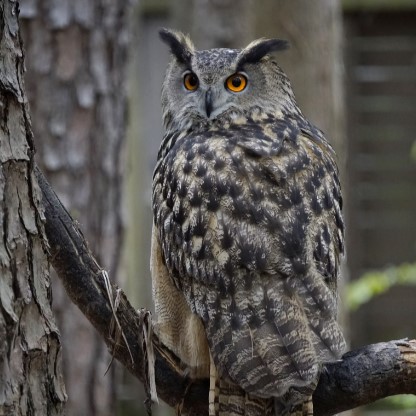Introduction: The Symbols of the Owl in Western Europe

It is, however, statistically impractical to track all ethnobiological symbols present within a culture for there are far too many to comprehensively study; this holding particularly true if studying a vast region of differing cultures. Instead, individual case studies offer a far more approachable means through which facets of a culture's identity can be understood.
Although a number of animals, plants, or geographical features could be used to a relatively comprehensive extent, it is best to pick one that is both widely present and historically proven to be culturally predominant. Thus, we are met with the often elusive but nonetheless captivating nocturnal bird of prey, the owl.

Found within just about every habitable continent on Earth, the owl and the rest of its genealogical companions, have, by their very nature, qualities that make them a primary target to be converted into ethnobiological symbols.
Since Icarus first took flight with wings of metal and wax above the island of Crete, man has been fascinated with the sky and the creatures that inhabit it. Seemingly elusive and otherworldly, the Greek perception of owls reflects a cultural understanding of aviary creatures as being almost divine.
Consequently, as the Romans began to grow in power and their mytho-historical records syncretized with that of the Greeks, this fascination with winged creatures was adopted as well. Thus, as the reach of their empire grew throughout the 1st century AD, so too did their cultural values, beliefs and ideologies integrate themselves within the native cultures they encountered.
Though their reign eventually faded and nationalism led the way to a number of independent nations to arise within Western Europe, their cultural values lingered for centuries to come.
The study of the owl as an ethnobiological symbol in the region once in the grasp of the Roman empire thus becomes, perhaps more accuratley so, a study into the interconnectivity of Western Europe.
Through our exhibit's dive into a series of artifacts and documents containing the owl as a predominant symbol, and our analysis of what it represents, it becomes clear how, despite individualism and nationalism's growing presence in the modern world, Europe's culture is undeniably intereconnected by a shared distant past.